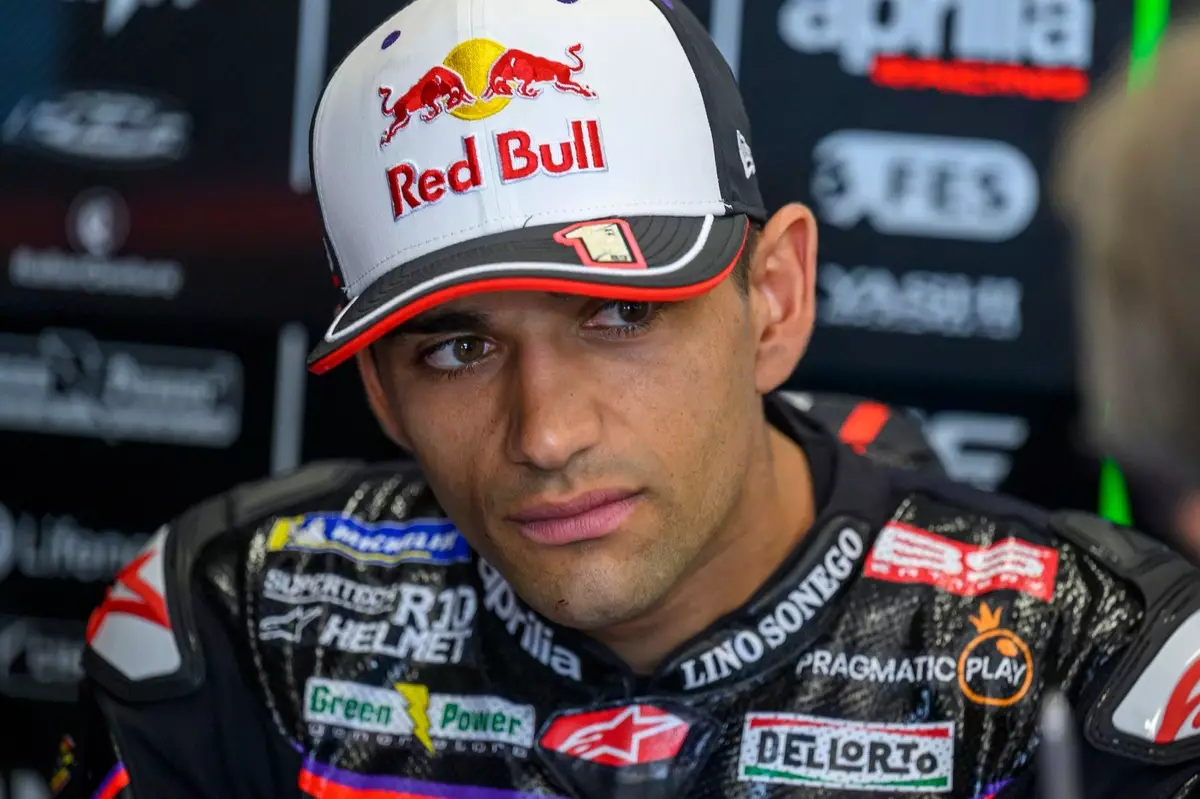Jorge Martin, the reigning MotoGP world champion, recently faced a harrowing incident during the Qatar Grand Prix that would leave most athletes reeling. In a brutal collision, Martin broke eleven ribs and suffered a pneumothorax after being struck by rival Fabio di Giannantonio. Such injuries in motorsport are not just a matter of physical pain; they symbolize the grave dangers inherent in high-speed racing. This incident didn’t just cost him a race; it threatened his entire season.
Astonishing Speed of Recovery
Despite the gravity of his injuries, Martin’s early release from Hamad General Hospital demonstrates not only the efficiencies of modern medical care but also the champion’s incredible resilience. Released a little ahead of expectations, it’s a poignant reminder of an athlete’s determination against adversity. This optimism, however, is tempered with the reality that his return to racing will be delayed. The announcement of an „assisted flight“ back to Europe documents the cautious steps being taken for his recovery. It’s a strategic decision that shows a balance between urgency and safety—an approach that is often overlooked in the pursuit of speed on the racetrack.
The Bigger Picture: Beyond Personal Struggles
Martin’s accident raises questions about the sport itself. Is MotoGP doing enough to ensure the safety of its riders? As one of the world’s most exhilarating yet dangerous sports, the risks are part of its allure. Nevertheless, crashes like Martin’s spotlight the need for continuous improvement in safety protocols. Riders must not just be celebrated for their skills but also supported in their recovery processes, restructuring safety measures to minimize such horrific incidents. Leadership in MotoGP has a responsibility that goes beyond the thrill of the race; it’s about protecting the very individuals who make it happen.
Shifting Focus: Honda’s Bold Moves
In the backdrop of Martin’s misfortune, Honda is also making waves in the MotoGP scene. Announcing Aleix Espargaro as a wildcard rider for the upcoming Spanish Grand Prix signifies both a shift and an opportunity for the team. His return comes after stepping back from full-time racing, illustrating the dynamic nature of the sport, where retirements are often merely a pit stop, not a dead end. Espargaro’s experience and adaptable skills give Honda the chance to capitalize on the early season’s momentum, aiming for a competitive edge at a circuit that has historically suited the RC213V.
Such moves not only shift focus but also reinforce the idea of growth and adaptation within the constantly evolving environment of MotoGP.
The Road Ahead for Martin
As Martin awaits his transition back to Europe, the road ahead is uncertain but not bleak. Fans and enthusiasts eagerly anticipate updates regarding his rehabilitation and future races. What remains clear is that beyond the podiums and points, lies a narrative of perseverance. The question on everyone’s mind isn’t just when he’ll race again but how his journey will further invigorate his already significant legacy in MotoGP. The true spirit of sport lies in the stories of recovery intertwined with competition, and Martin’s saga is set to inspire many both inside and outside the racetrack.


Napsat komentář